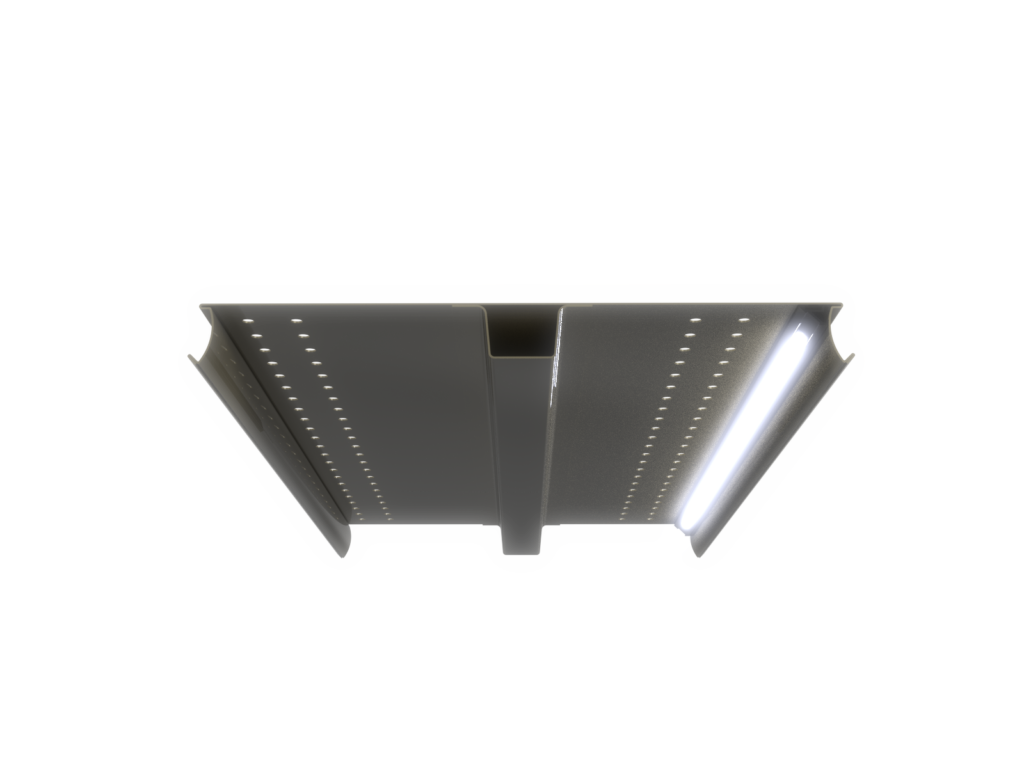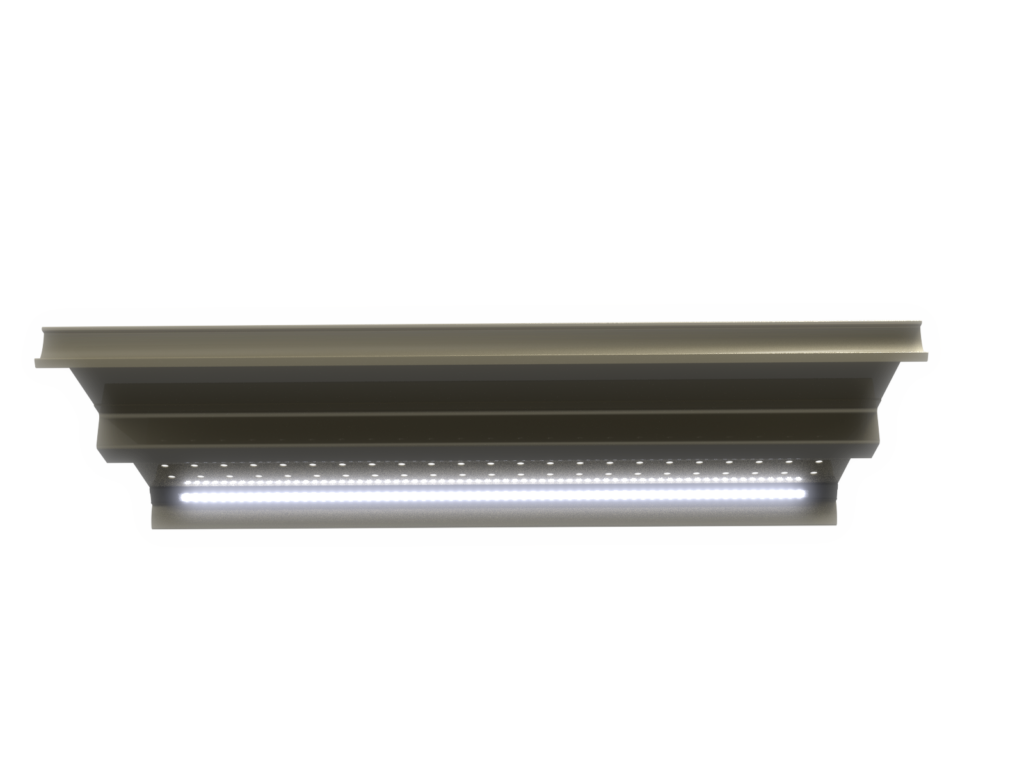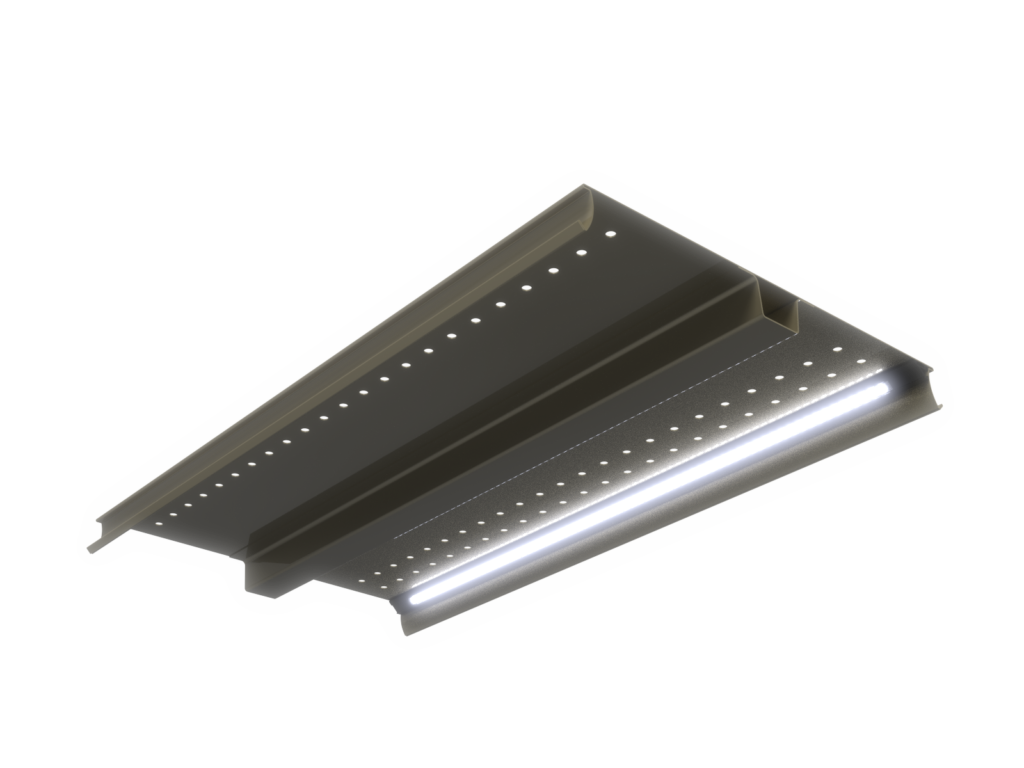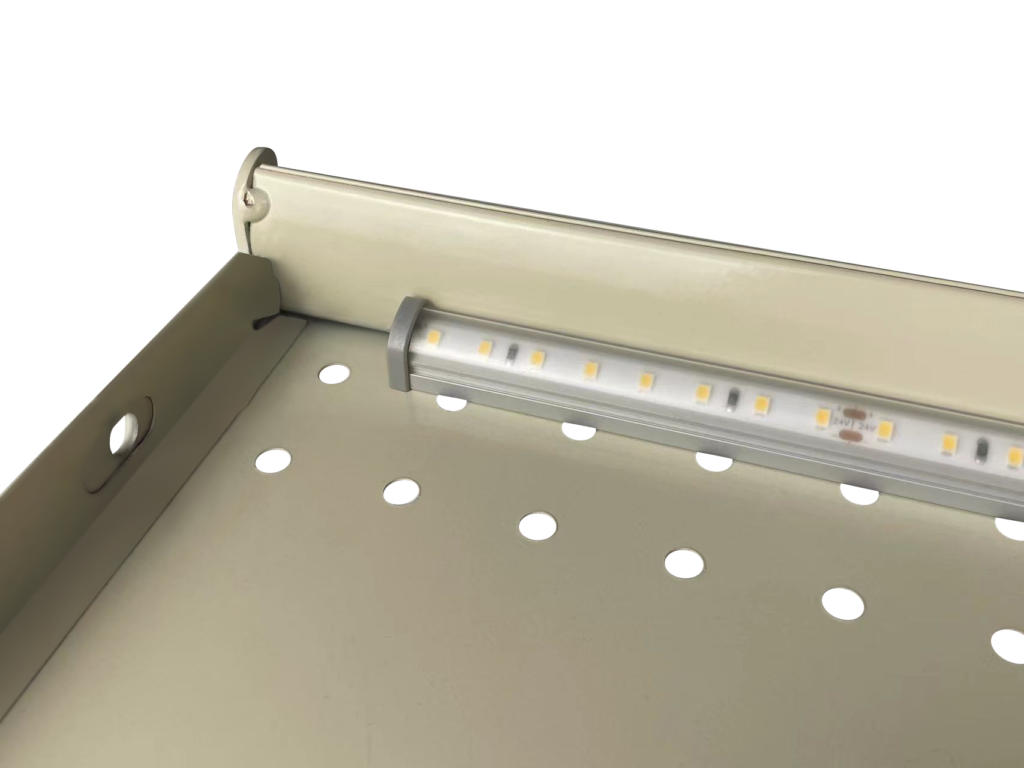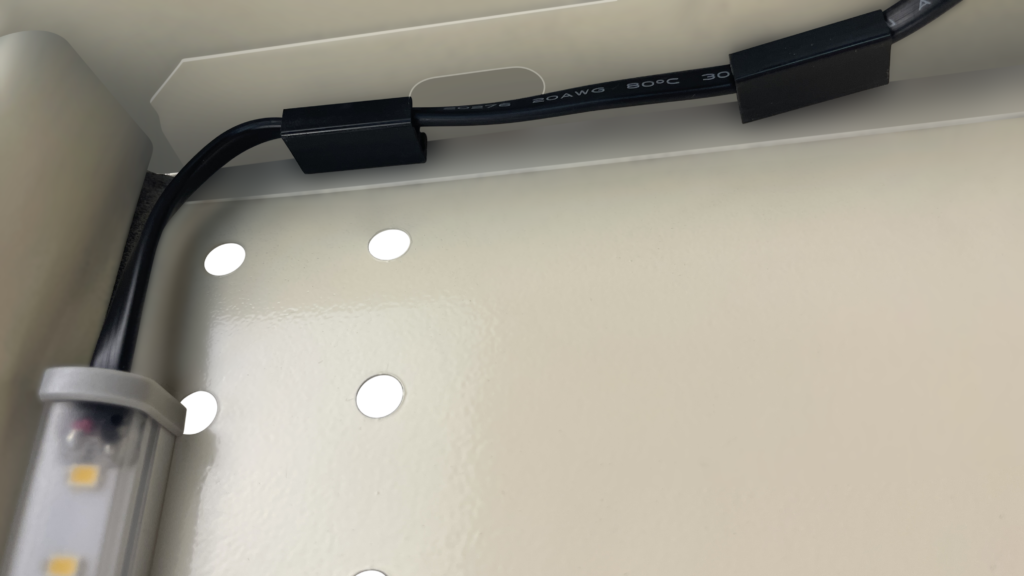
Navigating the world of LED strip lights can be overwhelming, with countless options available to suit various needs and preferences. This guide will walk you through everything you need to know to find the perfect fit for your space. Let's dive in:
First off, define Your Objectives. Begin by outlining intended use for the LED strip lights.
Consider factors such as:
• What areas or objects do you intend to illuminate?
• Where will you be installing the LED strip lights?
• Do you require dimmable or remote-controlled lighting?
• What color temperature are you aiming for?
• Are there existing lighting fixtures in the area?
Compare CCT, Brightness, and CRI
Brightness
Pay attention to the brightness of LED strip lights, measured in lumens for white strips and millicandelas for colored ones. Consider the desired brightness level for your space and opt for dimmable options for flexibility. Choose the brightest LED strip lights with dimming capabilities to have full control over the lighting intensity.
CCT (Color Temperature)
CCT indicates the color of the light emitted by LED strips, measured in degrees Kelvin (K). Warm white lights (2000K – 3000K) emit a cozy, yellowish glow, while cooler temperatures are blue-white. Select the appropriate CCT based on your desired ambiance and visual aesthetics.
RGB and RGB+W LED Strips
RGB LED strips combine red, green, and blue LEDs to produce a wide range of colors, including white with a purple hue. RGB+W strips feature additional white LED chips to enhance color accuracy and eliminate color tints. Utilize RGB controllers for customization of brightness, color, and speed.
CRI (Color Rendering Index)
CRI measures how accurately colors appear under LED lighting compared to natural sunlight, ranging from 0 to 100. Opt for LED strip lights with a CRI of 90+ for vivid and true-to-life color representation.
Consider Size and LED Quantity
LED strip lights are often sold in reels of specific lengths, with individual sections joined together. Determine the required length of LED strips for your project to estimate pricing accurately.
Assess Energy Consumption
Wattage indicates the power consumed by LED strip lights when operational, influencing monthly energy costs. Verify whether wattage is specified per foot, meter, or reel to avoid discrepancies. Ensure compatibility between LED strip lights and power supplies to prevent malfunctions or safety hazards.
Evaluate Quality and Safety Features
Heat Management
Adequate thermal management is crucial for prolonging the lifespan of LED strip lights. Inquire about the thermal management techniques employed, as excessive heat can degrade performance and longevity.
Color Accuracy
Request test results to verify the color accuracy of LED strips, ensuring they meet your specifications.
Safety Certifications
Look for UL Listing and RoHS Registry certifications to guarantee safety, compliance, and performance standards. Quality Components: LED strip lights' performance relies on the quality of components used, including LEDs, PCB materials, resistors, and soldering.
By considering these factors and conducting thorough research, you can confidently select LED strip lights that meet your specific requirements and preferences, enhancing the ambiance and functionality of your space.
Navigating the world of LED strip lights can be overwhelming, with countless options available to suit various needs and preferences. This guide will walk you through everything you need to know to find the perfect fit for your space. Let's dive in:
First off, define Your Objectives. Begin by outlining intended use for the LED strip lights.
Consider factors such as:
• What areas or objects do you intend to illuminate?
• Where will you be installing the LED strip lights?
• Do you require dimmable or remote-controlled lighting?
• What color temperature are you aiming for?
• Are there existing lighting fixtures in the area?
Compare CCT, Brightness, and CRI
Brightness
Pay attention to the brightness of LED strip lights, measured in lumens for white strips and millicandelas for colored ones. Consider the desired brightness level for your space and opt for dimmable options for flexibility. Choose the brightest LED strip lights with dimming capabilities to have full control over the lighting intensity.
CCT (Color Temperature)
CCT indicates the color of the light emitted by LED strips, measured in degrees Kelvin (K). Warm white lights (2000K – 3000K) emit a cozy, yellowish glow, while cooler temperatures are blue-white. Select the appropriate CCT based on your desired ambiance and visual aesthetics.
RGB and RGB+W LED Strips
RGB LED strips combine red, green, and blue LEDs to produce a wide range of colors, including white with a purple hue. RGB+W strips feature additional white LED chips to enhance color accuracy and eliminate color tints. Utilize RGB controllers for customization of brightness, color, and speed.
CRI (Color Rendering Index)
CRI measures how accurately colors appear under LED lighting compared to natural sunlight, ranging from 0 to 100. Opt for LED strip lights with a CRI of 90+ for vivid and true-to-life color representation.
Consider Size and LED Quantity
LED strip lights are often sold in reels of specific lengths, with individual sections joined together. Determine the required length of LED strips for your project to estimate pricing accurately.
Assess Energy Consumption
Wattage indicates the power consumed by LED strip lights when operational, influencing monthly energy costs. Verify whether wattage is specified per foot, meter, or reel to avoid discrepancies. Ensure compatibility between LED strip lights and power supplies to prevent malfunctions or safety hazards.
Evaluate Quality and Safety Features
Heat Management
Adequate thermal management is crucial for prolonging the lifespan of LED strip lights. Inquire about the thermal management techniques employed, as excessive heat can degrade performance and longevity.
Color Accuracy
Request test results to verify the color accuracy of LED strips, ensuring they meet your specifications.
Safety Certifications
Look for UL Listing and RoHS Registry certifications to guarantee safety, compliance, and performance standards. Quality Components: LED strip lights' performance relies on the quality of components used, including LEDs, PCB materials, resistors, and soldering.
By considering these factors and conducting thorough research, you can confidently select LED strip lights that meet your specific requirements and preferences, enhancing the ambiance and functionality of your space.
Our Top 4 Tips for Lit Shelving
Unlock the full potential of your LoziLight® shelf with these expert tips to transform your shelves to strategic displays.
- Showcase Products: Strategically position downlights to highlight products on shelves, attracting attention to key items and establishing focal points within the store.
- Layered Illumination: Combine downlighting with other lighting techniques, such as accent lighting or backlighting, to add depth and dimension to the display. This enhances visual interest and directs attention to specific products or shelving sections.
- Optimal Placement: Angle downlights appropriately to prevent shadows on products below. This ensures even light distribution and improved visibility without harsh contrasts. LoziLight® is meticulously engineered with an optimal angle in each unit for consistent and uniform lighting.
- Color Ambiance: Select the ideal color temperature for downlights to enhance product appearance. Cooler temperatures are often preferred for showcasing merchandise, providing crisp, bright light that accentuates colors and textures. LoziLight® offers a range of temperatures from 2700K to 6500K.
By applying these tactics and harnessing the advantages of illuminated shelving, retailers can craft a visually captivating and immersive shopping journey that boosts sales and customer contentment. With LoziLight®, revolutionizing retail environments has never been simpler or more impactful.
The Numbers Behind Illuminated shelving
Research underscores the significant impact well-lit retail displays can have on sales, with illuminated shelving driving increased customer engagement and purchase intent across various sectors, from groceries to apparel and electronics.
• Illuminated shelving in grocery stores can influence sales of perishable goods like fruits, vegetables, and dairy products. According to research by the Lighting Research Center, properly illuminated displays can increase sales of fresh produce by up to 28%
• In pharmacies, well-lit displays can enhance visibility and accessibility of products, leading to increased sales and customer satisfaction. The Journal of Marketing found that properly illuminated displays can boost sales of electronic products by up to 18%
• Illuminated shelving in apparel shops can draw attention to specific items or displays, encouraging customers to explore and discover options they hadn’t considered before, according to research by the International Journal of Retail & Distribution Management, which suggests that well-lit displays can increase sales of clothing items by up to 20%
Ready to transform your retail space? Connect with a LoziLight® sales representative today.

